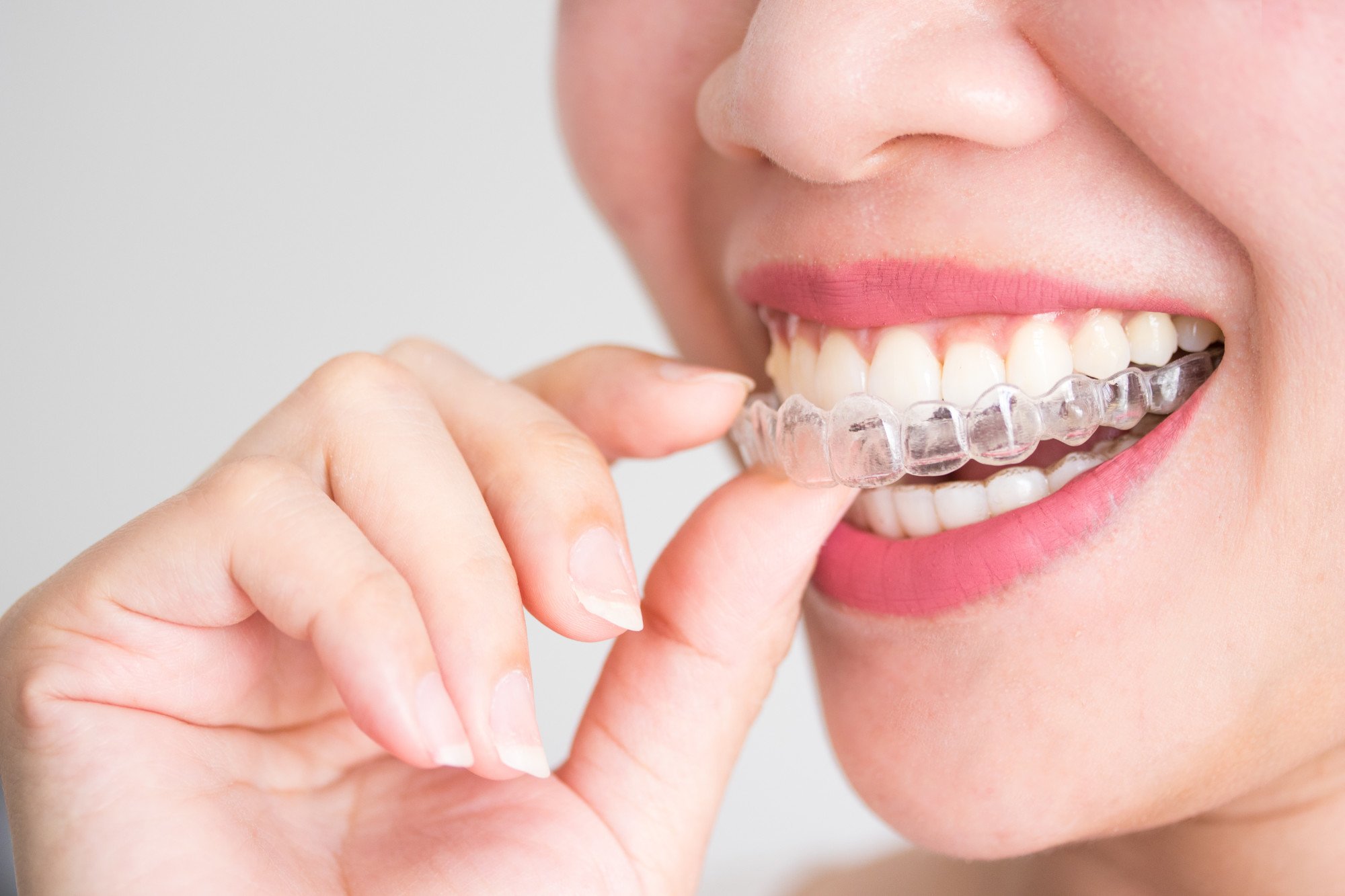Beyond Braces: Can Invisalign Successfully Treat Underbites?
Have you been struggling with an underbite that’s getting in the way of your life? Maybe you’ve even been considering getting braces, but the wait is more than you can handle.
For severe underbites, braces may prove too costly, and often ineffective. Fortunately, there may be a cheaper and more suitable alternative in the form of Invisalign.

But, can Invisalign fix underbite? If you want to know the answer, read on. Below we’ll discuss the Invisalign results for underbite.
Let’s get into it!
What Is Invisalign and How Does It Work?
Invisalign is an orthodontic treatment that is used to correct a person’s misaligned teeth. In addition, it is a modern and virtually invisible alternative to braces.
These aligners help to reorganize the upper and lower jaws. This creates a more balanced smile while decreasing the risk of further tooth problems. This treatment involves wearing several sets of custom-made aligners.
Every two weeks, the patient replaces them with a new set that pushes the teeth a little more each time. It usually takes between 9-20 months, depending on how severely the bite is misaligned.
With regular visits to the dentist, the patient can track their progress as the smile gradually improves throughout the treatment.
What Is an Underbite?
An underbite is a malocclusion of the teeth that occurs when the lower jaw protrudes beyond the upper jaw. This can cause an aesthetic issue as well as difficulty speaking, eating, or even breathing.
Fortunately, they can be successfully treated with Invisalign. This is nearly invisible and can be removed for:
- eating
- drinking
- brushing
- flossing
Additionally, it can help improve the individual’s overall oral health in the long run. This makes for more comfortable and manageable treatment.
With Invisalign, patients can be sure that they will get the treatment they need without having to worry about the traditional unsightly metal braces.
Main Causes of Underbite
Underbites are bad bites where the lower jaw protrudes further than the upper jaw. The main causes of this can include:
Genetics
Studies suggest that genetics is one of the primary causes of underbite. It is a combination of familial and environmental factors that influence the development of an underbite.
For instance, some families may have a higher incidence of underbite due to common genetic traits. Additionally, if a parent is afflicted with an underbite, there is an increased risk that their offspring will inherit the same trait.
Therefore, it is important to note that genetics play an integral role in the development of underbite. This is the reason why they must be taken into consideration when trying to prevent or treat underbite.
Thumb Sucking
Another common cause of this issue is thumb sucking, which is usually seen in young children. This habit puts pressure on the upper and lower jaw, causing the lower jaw to be pushed forward.
This is a natural behavior for many children, but if it continues past the age of five, it can lead to the development of underbite. The persistent sucking can change the shape and position of your jaws, causing the front teeth to move forward.
The AAPD recommends that parents encourage children to stop thumb-sucking by the age of five and provide positive reinforcement when healthy habits are formed.
Premature Loss of Baby Teeth
This condition occurs when a baby’s tooth is lost before the permanent one is ready to come in. This can lead to the lower teeth shifting forward due to the sudden space and the upper teeth not being able to grow into the now vacant space.
Additionally, poor nutrition can also cause premature loss of baby teeth. The lack of essential micronutrients can result in teeth that are more prone to breakage and decay.
That’s why it is a good idea for parents to monitor their child’s oral development and make sure they are following a good oral care regimen to avoid any triggers in developing an underbite.
Tongue Thrusting
Tongue thrusting is another cause of underbite that is formed in early childhood. It is when the tongue protrudes too far and presses against the lower teeth when swallowing or resting.
Over time, this constant pressure causes the lower teeth to move forward, resulting in an underbite. Treatment for this condition usually depends on the individual’s age and the severity of the jaw misalignment.
While some patients may only need orthodontic treatments, others may require corrective jaw surgery.
Time It Takes to Fix Underbite With Invisalign
Invisalign has proven to be an effective method to treat underbites. The advances in technology and the increased flexibility of the aligners compared to braces make it a viable option for many cases.
The process can take anywhere from 6 to 24 months, depending on the complexity of the case. Occasionally more complicated cases may require additional time but this is relatively rare.
By putting in the aligners for 20-22 hours per day, the desired results can be achieved efficiently and easily. However, it is crucial to verify with your orthodontist that your case is ideal for this treatment before beginning treatment.
Different Cases of Underbite
Different cases of underbites involve the lower and upper jaw. Without treatment, it can lead to problems such as:
- TMJ symptoms
- problems with chewing
- difficulty breathing
In some cases, braces may be required but Invisalign can be successful in treating mild and moderate underbites. If Invisalign is not successful, other treatments such as surgery may be used depending on the patient’s desires.
Ultimately, Invisalign is a great option for treating underbites and achieving a properly aligned jaw.
Cost of Invisalign Treatment for Underbite
The cost of Invisalign treatment for an underbite can range anywhere from $3,500 to $7,500, depending on the complexity of the case. However, it’s usually less expensive than traditional orthodontic braces, and more comfortable for the patient.
Also, this treatment has a high success rate, resulting in teeth that are aligned properly and look more aesthetically pleasing. While there may be some trade-offs when it comes to cost and comfort, it is still a great option for those looking for underbite treatment.
To learn more about other common dental procedures, visit Snow Family Dentistry to help you achieve a confident smile once again.
So, Can Invisalign Fix Underbite?
Can Invisalign fix underbite successfully without the need for braces? The answer is a big yes! With modern technology, it can align the teeth in ways not possible with conventional braces.
For those considering orthodontic treatment, this might be a good option to look into. Don’t delay. Talk to your dentist today!
Did you find this article helpful? Check out the rest of our blog now!


